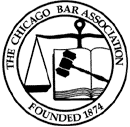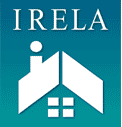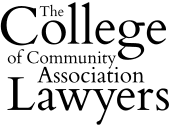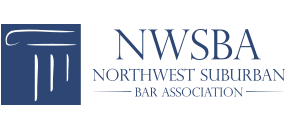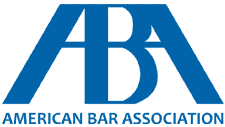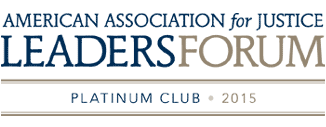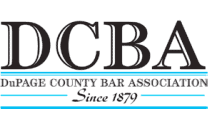 Polish,
Polish,  Ukrainian,
Ukrainian,  Russian,
Russian,  Hindi,
Hindi,  Spanish,
Spanish,  French and
French and  Greek.
Greek.
Recent Blog Posts
Common Ways People Get Hurt on Other People’s Properties
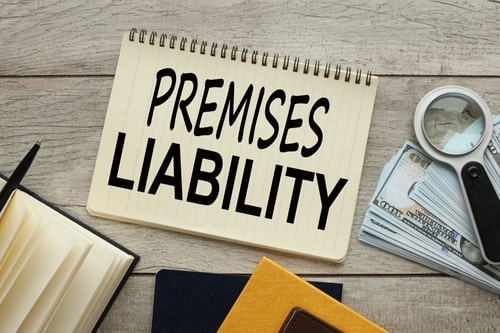 Property liability is an important legal concept that holds property owners responsible for injuries that occur on their premises. In Illinois, property owners have a duty to maintain a safe environment for visitors and guests. Failure to do so can result in legal liability if someone gets injured on their property. Understanding the common ways people get hurt on others’ properties can help individuals protect themselves and hold negligent property owners accountable if they are ever injured on the property of another. In such cases, contacting an experienced lawyer to obtain representation is often the best course of action.
Property liability is an important legal concept that holds property owners responsible for injuries that occur on their premises. In Illinois, property owners have a duty to maintain a safe environment for visitors and guests. Failure to do so can result in legal liability if someone gets injured on their property. Understanding the common ways people get hurt on others’ properties can help individuals protect themselves and hold negligent property owners accountable if they are ever injured on the property of another. In such cases, contacting an experienced lawyer to obtain representation is often the best course of action.
Here is How Most People Get Hurt on Someone Else’s Property
-
Slip and fall accidents – These sudden events are among the most common reasons premises liability cases are brought forth. Accidents involving slipping and falling can be because of wet floors, loose carpeting, or poorly lit walkways. Property owners must be vigilant in ensuring they have a duty to address these hazards or warn visitors of potential dangers promptly. Failure to do so can result in serious injuries, including broken bones, head injuries, back injuries, and more.
Will My Medical Malpractice Case Result in a High Dollar Outcome?
 When pursuing a medical malpractice case, one very common question is whether the potential for compensation will be substantial. While the outcome of each case is unique and depends on various factors, understanding the key elements that influence the value of a medical malpractice case can help set realistic expectations. If you are looking to pursue a medical malpractice case, contact an established lawyer to help you pursue the compensation to which you may be entitled.
When pursuing a medical malpractice case, one very common question is whether the potential for compensation will be substantial. While the outcome of each case is unique and depends on various factors, understanding the key elements that influence the value of a medical malpractice case can help set realistic expectations. If you are looking to pursue a medical malpractice case, contact an established lawyer to help you pursue the compensation to which you may be entitled.
Factors That Contribute to the Value of a Medical Malpractice Case
The first factor that will need to be examined when discussing the potential value of a medical malpractice claim is the severity of the injury. The more severe the injury, such as those featuring permanent disability, loss of bodily functions, or wrongful death, typically results in higher compensation due to the long-term impact on the person’s life and potential future earnings.
What Issues Do Condominium Law Attorneys Handle in Illinois?
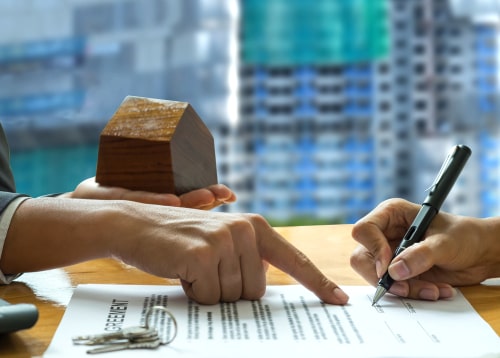 Condominium law in Illinois is a field of law that handles the different complexities involved in the laws and regulations that govern legal issues regarding condominium associations, condo owners, and more. If you live in Illinois and need assistance in a matter related to condominium law, such as selling a condominium, contact a qualified lawyer to obtain the professional guidance you need.
Condominium law in Illinois is a field of law that handles the different complexities involved in the laws and regulations that govern legal issues regarding condominium associations, condo owners, and more. If you live in Illinois and need assistance in a matter related to condominium law, such as selling a condominium, contact a qualified lawyer to obtain the professional guidance you need.
Three Key Issues Handled by Condominium Law Attorneys
-
Governing documents and association bylaws – One of the primary responsibilities of condominium law attorneys in Illinois is assisting with creating and interpreting governing documents and association bylaws. These legal instruments establish the rules and regulations that govern the community and address matters such as assessments, maintenance responsibilities, and dispute resolution procedures. Attorneys ensure that these documents comply with state laws and protect the rights and interests of both individual condo owners and the association as a whole.
What to Know About the New Corporate Transparency Act
 As we enter the autumn season and approach 2024, condominium associations across the United States are readying themselves for significant change in legislation that is likely to enhance corporate transparency and combat illegal activities, such as money laundering and various other illicit activities. This comprehensive law, the Corporate Transparency Act, or the “CTA” as it is commonly referred to, will have far-reaching implications for many kinds of business entities, particularly condominium associations. For legal guidance regarding how this new law will impact condominium associations, contact a lawyer to ensure you have the legal protection necessary to have a complete understanding of this new law and what it will entail.
As we enter the autumn season and approach 2024, condominium associations across the United States are readying themselves for significant change in legislation that is likely to enhance corporate transparency and combat illegal activities, such as money laundering and various other illicit activities. This comprehensive law, the Corporate Transparency Act, or the “CTA” as it is commonly referred to, will have far-reaching implications for many kinds of business entities, particularly condominium associations. For legal guidance regarding how this new law will impact condominium associations, contact a lawyer to ensure you have the legal protection necessary to have a complete understanding of this new law and what it will entail.
Understanding the Corporate Transparency Act
The CTA was created to address serious concerns regarding the misuse of corporate structures for criminal purposes. The law mandates that certain corporations, including condominium associations, must disclose their beneficial ownership information to the Financial Crimes Enforcement Network (FinCEN). This includes the identities of people who directly or indirectly own or control 25 percent or more of the association’s interests.
What Can I Do About Marijuana Smoke in a Condo?
 The legalization of marijuana in many states has raised concerns regarding the impact of marijuana smoke in shared places, particularly in condo buildings. For those experiencing such situations, you may be wondering what you can do if you feel bothered by the aroma of marijuana in your condominium building. Consider contacting an attorney experienced in condominium law, as they will likely be able to help assist you in navigating this tricky situation.
The legalization of marijuana in many states has raised concerns regarding the impact of marijuana smoke in shared places, particularly in condo buildings. For those experiencing such situations, you may be wondering what you can do if you feel bothered by the aroma of marijuana in your condominium building. Consider contacting an attorney experienced in condominium law, as they will likely be able to help assist you in navigating this tricky situation.
Understanding Legal Restrictions
-
Review condo association laws – Start by reviewing the condo association’s bylaws and rules. These documents often address smoking policies and may provide guidance on dealing with marijuana smoke. Some condo associations have implemented policies that prohibit smoking, including marijuana, in common areas or within individual units.
What Should I Know Before Selling My Condo in Illinois?
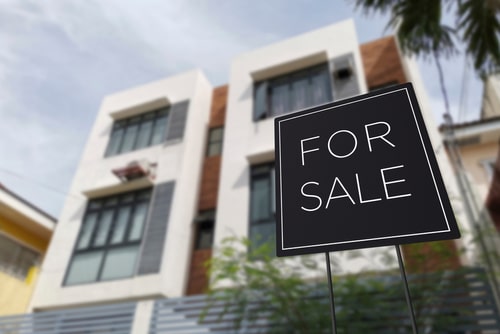 You may be thinking about selling your condo because you want something bigger or you are moving out of the area; whatever your plans might be, it is important that you follow new changes to the condominium law so that you have a smooth transaction. As the seller, you will need to gather key documents, including the condominium’s rules and guidelines, which are known as the Declaration and by-laws, to share with the potential buyer. An Illinois attorney can help make sure that you adhere to Section 22.1, which went into effect at the beginning of this year.
You may be thinking about selling your condo because you want something bigger or you are moving out of the area; whatever your plans might be, it is important that you follow new changes to the condominium law so that you have a smooth transaction. As the seller, you will need to gather key documents, including the condominium’s rules and guidelines, which are known as the Declaration and by-laws, to share with the potential buyer. An Illinois attorney can help make sure that you adhere to Section 22.1, which went into effect at the beginning of this year.
Understanding the New Condominium Property Act
Section 22.1 of the Illinois Condominium Property Act is all about what happens when someone wants to sell their condo to a new owner. The current owner needs to give the potential buyer some critical information when they are considering purchasing the condo. This helps the buyer understand what they are getting into before making a decision.
What a Condo Association Should Know About Rule Changes
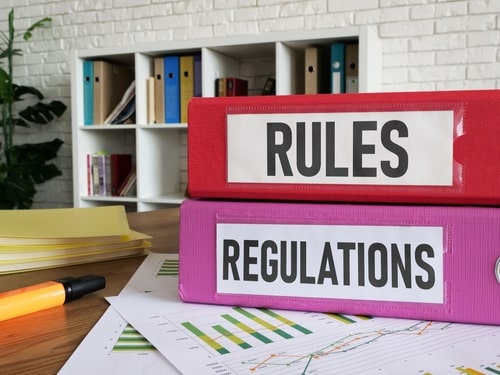 A condo association must occasionally change rules that are no longer working or introduce new rules to manage a new situation. It is normal and natural that the rules and procedures condo owners are subjected to may need to be updated from time to time. However, initiating those changes may be a process. A condo association cannot simply create new rules during a board meeting and have them take effect immediately. While it would likely be easier for condo associations to respond to changes and problems in the community if this were the case, requiring that certain steps be taken before a new rule is introduced can protect condo owners in the community from having restrictive rules placed arbitrarily. If you have identified a need for change in your condo association’s bylaws, it is best to speak with an attorney before attempting to initiate changes. Failing to follow the proper procedure may delay enforcement of a new rule significantly.
A condo association must occasionally change rules that are no longer working or introduce new rules to manage a new situation. It is normal and natural that the rules and procedures condo owners are subjected to may need to be updated from time to time. However, initiating those changes may be a process. A condo association cannot simply create new rules during a board meeting and have them take effect immediately. While it would likely be easier for condo associations to respond to changes and problems in the community if this were the case, requiring that certain steps be taken before a new rule is introduced can protect condo owners in the community from having restrictive rules placed arbitrarily. If you have identified a need for change in your condo association’s bylaws, it is best to speak with an attorney before attempting to initiate changes. Failing to follow the proper procedure may delay enforcement of a new rule significantly.
The Importance of Hiring a Business Law Attorney When Selling Your Small Business
 Selling a business is a complex process that involves numerous legal intricacies. While it may be tempting to handle the sale on your own to save money, consulting with a business law attorney is essential to ensure a smooth and successful transaction. Today, we will discuss the importance of hiring a business law attorney when selling your business and how their knowledge can protect your interests throughout the selling process.
Selling a business is a complex process that involves numerous legal intricacies. While it may be tempting to handle the sale on your own to save money, consulting with a business law attorney is essential to ensure a smooth and successful transaction. Today, we will discuss the importance of hiring a business law attorney when selling your business and how their knowledge can protect your interests throughout the selling process.
Comprehensive Knowledge of Business Law
A business law attorney possesses specialized knowledge in the legal aspect of selling a business. They are well-versed in the relevant laws and regulations, ensuring compliance with local, state, and federal requirements. From structuring the transaction to drafting and reviewing contracts, an attorney can navigate the complex legal landscape and address any potential issues that may arise.
Proper Business Valuation
What You Need to Know About Dogs Restrictions and Condo Associations
 Dog lovers and those who would prefer not to have dogs around must often cooperate in communal living environments like condos. Most dog owners are unwilling to give up their pet, who they may view as a member of their family. However, there are limits to what a condo association must legally accept when it comes to pet ownership. Some condos are not pet-friendly at all and bar residents from owning a dog entirely. Others restrict the breed and size of dogs permitted to live on the property. However, there are a wealth of legal exceptions that may apply to some dog owners, allowing them to have a dog in a condo that generally prohibits dogs or certain types of dogs. Yet, it is also important for condo associations to be able to exclude aggressive dogs from the premises and to enforce certain rules that apply to dogs and their owners, such as a requirement that dog owners pick up their dog’s excrement right away. If you live in or plan to move into a condo with a condo association, you may want to speak to an attorney regarding whether your dog can join you in living there.
Dog lovers and those who would prefer not to have dogs around must often cooperate in communal living environments like condos. Most dog owners are unwilling to give up their pet, who they may view as a member of their family. However, there are limits to what a condo association must legally accept when it comes to pet ownership. Some condos are not pet-friendly at all and bar residents from owning a dog entirely. Others restrict the breed and size of dogs permitted to live on the property. However, there are a wealth of legal exceptions that may apply to some dog owners, allowing them to have a dog in a condo that generally prohibits dogs or certain types of dogs. Yet, it is also important for condo associations to be able to exclude aggressive dogs from the premises and to enforce certain rules that apply to dogs and their owners, such as a requirement that dog owners pick up their dog’s excrement right away. If you live in or plan to move into a condo with a condo association, you may want to speak to an attorney regarding whether your dog can join you in living there.
Can Condo Associations in Illinois Prohibit the Use of Marijuana?
 Starting in 2020, the use of marijuana for recreational purposes became legal in Illinois. While adults are allowed to possess and use a certain amount of marijuana or marijuana products, those who do not use these substances may be concerned about how they will be affected. In particular, people who live in close proximity to marijuana users may be bothered by the smell of marijuana smoke, or they may worry that the use of drugs by others could potentially put them at risk. As they address concerns about marijuana use by residents, condominium associations will need to understand what types of rules may be put in place to limit, restrict, or prohibit these activities.
Starting in 2020, the use of marijuana for recreational purposes became legal in Illinois. While adults are allowed to possess and use a certain amount of marijuana or marijuana products, those who do not use these substances may be concerned about how they will be affected. In particular, people who live in close proximity to marijuana users may be bothered by the smell of marijuana smoke, or they may worry that the use of drugs by others could potentially put them at risk. As they address concerns about marijuana use by residents, condominium associations will need to understand what types of rules may be put in place to limit, restrict, or prohibit these activities.
Bylaws Limiting the Smoking of Marijuana
The Cannabis Regulation and Tax Act, which legalized marijuana use in Illinois, included provisions detailing how condominium associations may limit the use of marijuana. This law changed Section 33 of the Illinois Condominium Property Act (ILCPA) to state that an association may limit or prohibit the smoking of cannabis within individual units. However, other methods of consumption of marijuana, such as vaping or edibles, cannot be restricted within owners' units or limited common elements such as private balconies or patios.
